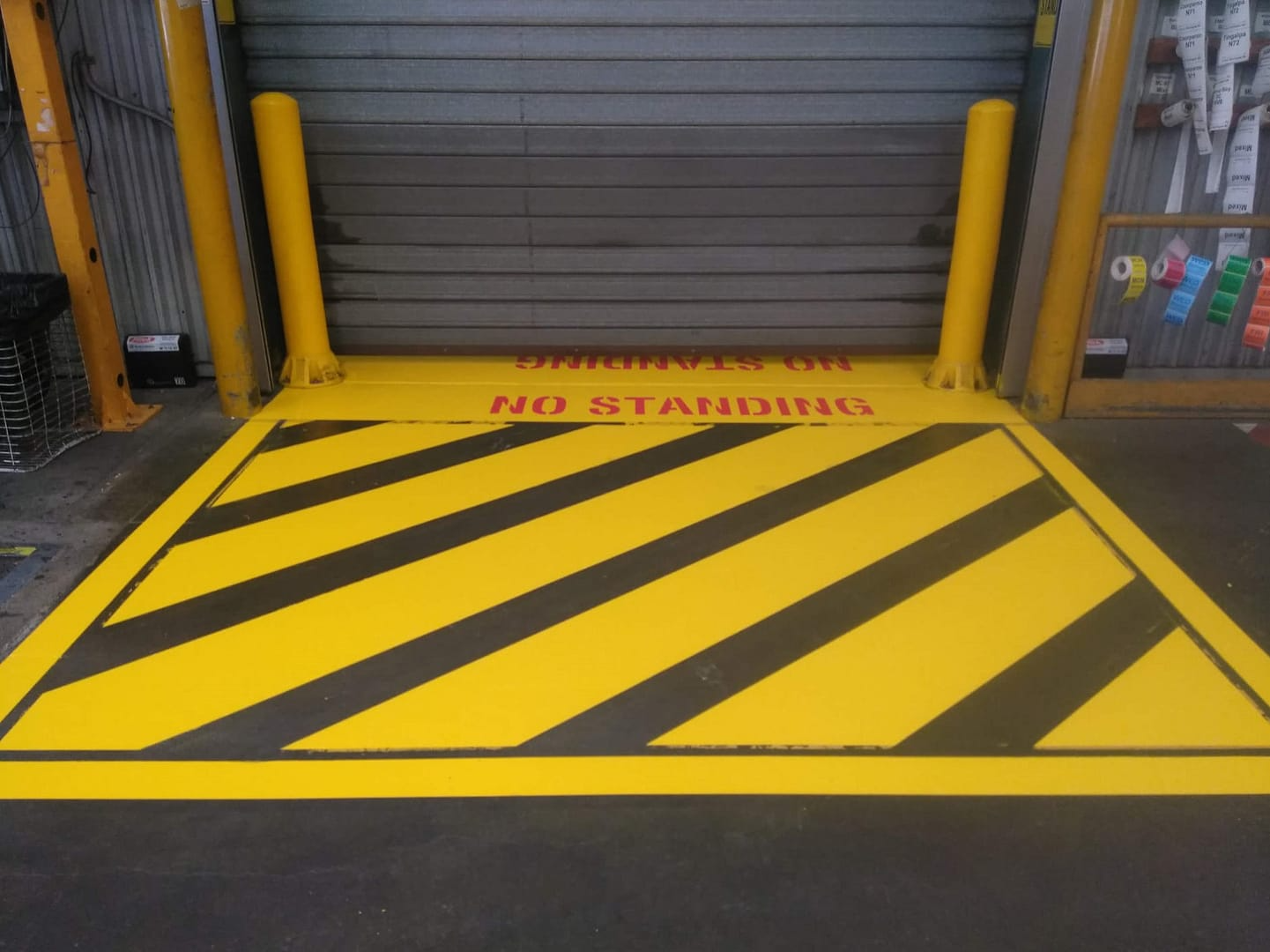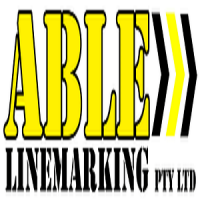Factory Line Marking: Creating Safer, Smarter Workspaces from the Ground Up

Strong 8k brings an ultra-HD IPTV experience to your living room and your pocket.
In fast-paced industrial settings, safety, structure, and efficiency aren’t optional—they’re essential. One of the most underrated yet powerful ways to achieve all three? Factory line marking. While it might seem like a simple solution, the truth is that the right floor markings can transform how your factory operates—keeping people safe, workflows clear, and compliance in check.
Whether you run a large manufacturing plant or a compact workshop, organizing your floor space effectively can make or break productivity. That’s where professional factory line marking comes into play.
Why Factory Line Marking Is Crucial
Step into any successful industrial site and you’ll quickly notice one thing—they’re not just clean and efficient, they’re well-marked. Factory line marking helps distinguish work zones, guide vehicle movement, identify hazard areas, and create designated paths for staff. It reduces workplace confusion and ensures everyone—from seasoned workers to new hires—knows exactly where they should (and shouldn’t) be.
In high-risk environments filled with forklifts, pallets, and heavy machinery, visual cues aren’t just helpful—they’re critical. A well-thought-out marking system can drastically reduce accidents, streamline operations, and support compliance with occupational health and safety standards.
Common Types of Factory Line Marking
Factory line marking isn’t a one-size-fits-all solution. Different areas of a facility call for different types of markings, and knowing what’s needed where is key to a successful setup. Here are the most common types used in industrial environments:
- Pedestrian Walkways: Clear paths marked with bright colors help workers move safely through busy areas.
- Forklift and Machinery Lanes: Designated vehicle routes prevent collisions and maintain separation between people and machines.
- Work Zones: Outlining assembly areas, machinery stations, or production zones increases spatial awareness.
- Hazard Markings: Bright lines or cross-hatching draw attention to danger zones like sharp edges, high-voltage areas, or spill-prone zones.
- Storage and Pallet Zones: Marking where materials should be placed prevents clutter and keeps the factory floor organized.
- Emergency Exits and Fire Equipment Access: Ensuring these areas are always visible and unobstructed is a safety must.
Every line, shape, and symbol serves a purpose—and together, they build a visual language that keeps your factory running smoothly.
Factory Line Marking Materials That Work as Hard as You Do
Not all markings are created equal, and in a high-traffic environment like a factory, durability is non-negotiable. The best factory line marking solutions use heavy-duty materials designed to withstand foot traffic, vehicle movement, spills, cleaning, and more.
Here are the most commonly used materials:
- Epoxy Paint: Extremely durable and chemical-resistant, perfect for long-term use in warehouses and factories.
- Polyurethane Coatings: Offers great flexibility and impact resistance, ideal for areas with regular equipment use.
- Thermoplastic: Melted and bonded to the floor, this material is ideal for high-traffic paths that need long-lasting visibility.
- MMA (Methyl Methacrylate): Fast-curing and exceptionally tough—great for minimal downtime and high-performance marking.
- Self-adhesive tapes: A cost-effective solution for temporary or low-traffic zones, though less durable over time.
The material you choose should match your environment—both the type of traffic and the surface condition.
Compliance and Safety Benefits of Factory Line Marking
In Australia and beyond, industrial facilities must adhere to strict workplace safety standards—and factory line marking is often part of that. Markings help companies comply with Work Health and Safety (WHS) regulations, reducing the risk of accidents and keeping employers legally protected.
Some key safety benefits include:
- Clear evacuation routes in case of emergencies
- Visually defined exclusion zones around dangerous equipment
- Marked paths to ensure safe pedestrian access
- Immediate visual cues for restricted or hazardous areas
When floor markings are used correctly, they contribute to a strong safety culture—one where every worker knows the rules and feels secure in their environment.
Best Practices for Effective Factory Line Marking
For factory line marking to truly deliver value, it needs to be applied with careful planning and precision. Here are some best practices that professionals follow:
- Conduct a full site assessment – Evaluate traffic flow, work zones, and hazards before mapping out your marking plan.
- Use color coding consistently – Bright, high-contrast colors are more visible. Use different colors for pedestrians, machinery, and hazard areas.
- Allow for proper curing time – Especially when using industrial paints or epoxy, curing time is crucial for durability.
- Schedule during off-hours – Minimize disruption by marking during downtime or weekends.
Regularly inspect and refresh markings – Even the toughest paint wears over time. Routine maintenance ensures lines remain clear and effective.
Getting it right the first time is important—but keeping it that way is just as vital.
The Role of Factory Line Marking in Lean Manufacturing
If your factory follows Lean or Six Sigma practices, line marking isn’t just a safety measure—it’s a performance tool. Visual organization is one of the key principles of Lean methodology. Clear lines help reduce wasted time, prevent errors, and improve overall workflow.
For instance:
- Shadow outlines for tools keep workstations tidy and prevent loss.
- Color-coded zones simplify inventory management.
- Floor signs and arrows guide movement efficiently, reducing confusion.
In this context, factory line marking becomes a way to visually communicate processes, responsibilities, and expectations—without saying a word.
Conclusion: The Power of Line Marking in Every Factory Floor
In busy, high-demand work environments, factory line marking isn’t just about aesthetics—it’s a safety essential and a productivity enhancer. From preventing accidents to improving layout flow and supporting regulatory compliance, clear and durable floor markings are a smart investment for any factory.
Whether you’re setting up a new facility or updating an existing one, professional factory line marking can bring instant clarity, efficiency, and peace of mind to your operations. And when done right, the benefits show up not just on the floor—but in your bottom line, too.
Note: IndiBlogHub features both user-submitted and editorial content. We do not verify third-party contributions. Read our Disclaimer and Privacy Policyfor details.


